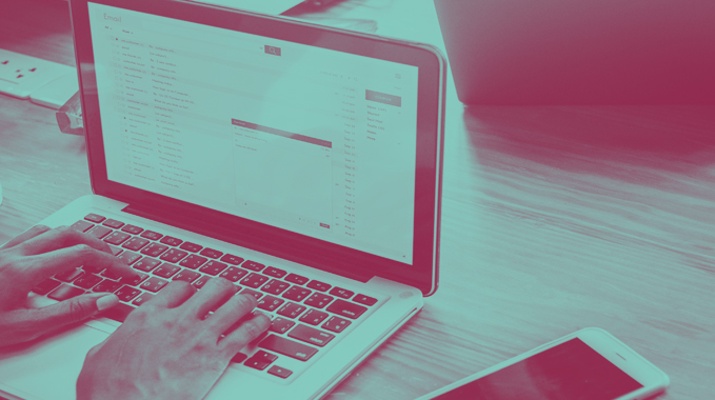How to Adapt Your SEO Strategy for AEO (Answer Engine Optimization)
Enhance your SEO strategy for the future by adapting to Answer Engine Optimization (AEO).
Read more
Blogs
All categories
Blogs
All categories
Enhance your SEO strategy for the future by adapting to Answer Engine Optimization (AEO).
Read moreOur team will connect you with a verified company.